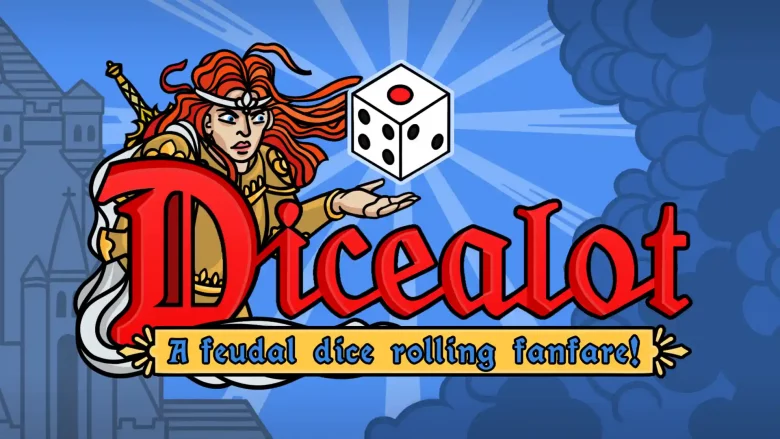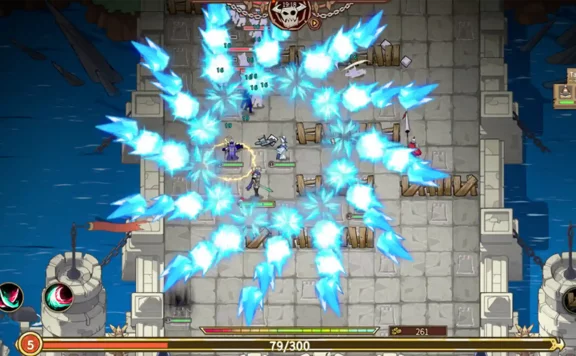There’s something about cards and dice in video games that always get me excited to play something new. These more real world elements being included in a game always draw me into an RPG or Roguelike, and I’m not sure why. I suppose I’ve always enjoyed playing board games and collecting cards, and perhaps I was really destined to write reviews for tabletop games and got lost along the way. Whatever the case I’m never short of new deck builders to obsess over, but those lovely bones are often harder to find. Sure dice rolls happen under the hood of all manner of games, but flaunting those little shapes with dots on seems to be scandalous. Well it’s time to raise up our Victorian petticoats and show off our sexy dice legs, and Dicealot is here to lead the charge.
In Dicealot you play as a warrior on a stereotypical fantasy quest, and are faced with all manner of thugs and griffins on your adventure. There’s not a whole lot resembling a story to worry about here, just a few bits of flavour text when you’re choosing your campaign. The focus couldn’t be more on the dice themselves, and I wouldn’t want it any other way.
You have six dice in Dicealot to use in battle, each with the traditional six sides. You’ll roll these all at once, and then will deal damage based on various combos. If you’re really lucky then all six dice will land on the same number for maximum damage, but you can also score by rolling a straight one to six, three dice of a kind, or three pairs. The easiest way to score though is just by rolling a one or a five, which leads to a weak attack but helps you keep on rollin’ just like Limp Bizkit.
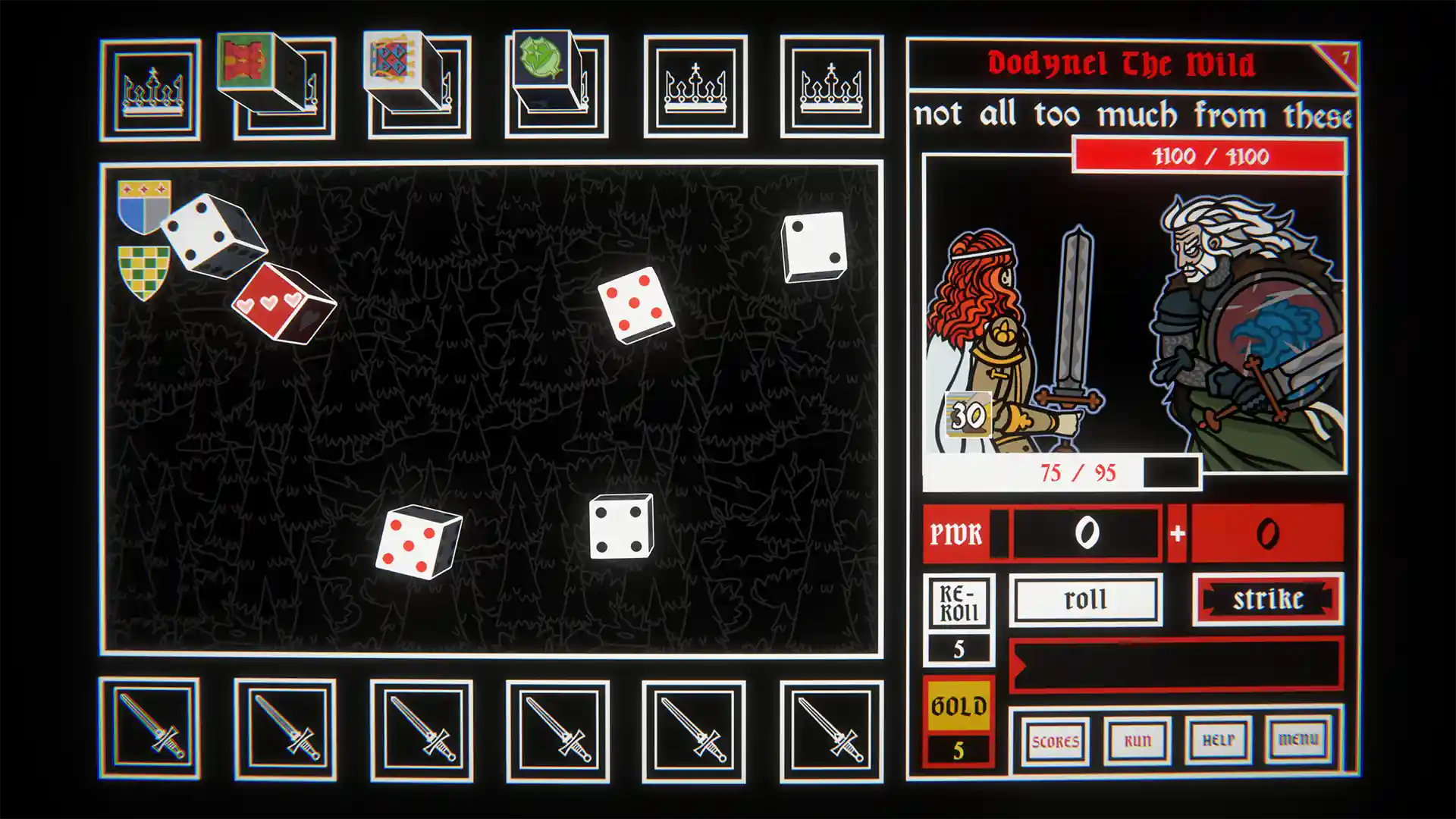
The real aim of battles in Dicealot is to score with all six of your dice, because any time you do you’re able to “rollover”. This is basically just taking another free turn before the enemy gets to attack, and you can do this indefinitely if you’re lucky (or perhaps clever) enough. This is where your rerolls will come in handy, allowing you to choose a single dice to roll again to try and finish up your combos correctly. You could be risky and bet it all on rerolling a specific number for a high damage combo, or you could bank a three of a kind and hope that a few ones and fives get you through the rest. There’s a real risk reward to everything you do in Dicealot, and it’s dangerously compelling.
Once you’ve rolled some dice that will deal damage, you can lock them in at the bottom of the screen. At this point you’ve got two options, you can either attack and end your turn or you roll your remaining dice again. The risk here though is that if you roll nothing you’ll deal no damage at all and end the turn, which is called a Farkle. This is objectively the funniest word that has ever been in a video game, and I greatly enjoyed risking it all while muttering “no Farkle, no Farkle” into my Steam Deck as my husband laughed at my descent into dice madness.
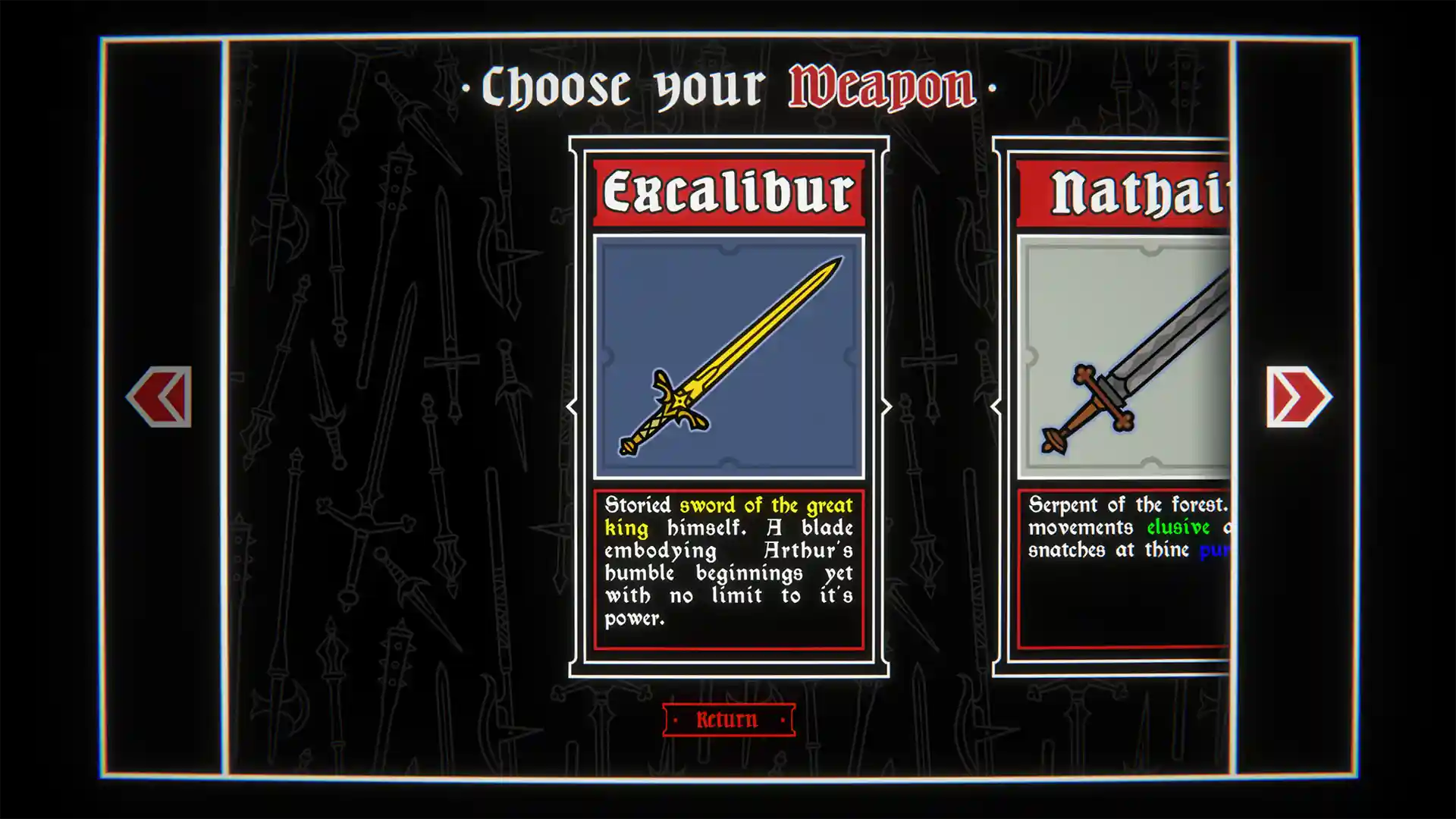
Dicealot isn’t just about big risks and Farkles though, it’s also a Roguelike with all the Roguelike bells and whistles. You can actually make all sorts of builds using quest dice, which you can equip six of along the top of the screen. These are rolled at the start of battle, and provide a ton of different buffs (or debuffs if you’re unlucky) for the rest of the fight. Some of these boost the damage of specific numbers, some grant you evasion to potentially avoid the next enemy attack, and others provide multipliers that’ll enable you to deal ridiculous damage. Gathering a selection of these and other buffs that work together is a sure fire way to have a good run, alongside some good rolls of course.
Quest dice aren’t the only dice you can buy from the shops in Dicealot, you can also buy new combat dice. These are dice that don’t just feature one of each number, and change how you’ll have to play massively. One of my favourite dice was half filled with fives so was especially easy to score with, but I must admit it sometimes made other combos more awkward. There are loads of these to play around with, but be warned – it’s very easy to make your selection of dice unbalanced if you’re not clever about your purchases.
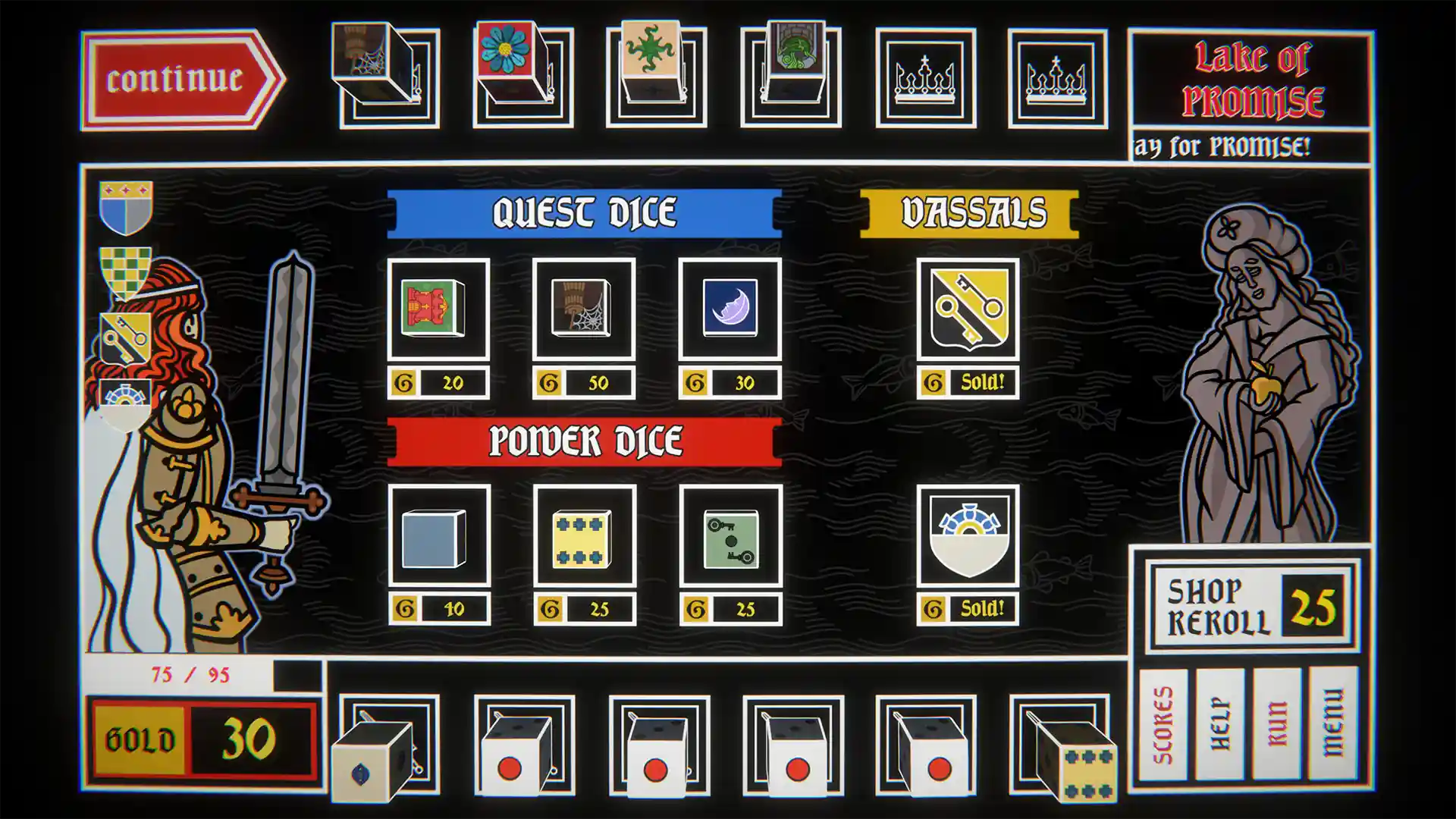
Dicealot is realistically a very simple game that’s easy to pick up and play, but it’s got so much hidden depth and is ridiculously hard to put down. The only real issue I had with the game was in the theming and visuals, which are just a bit basic and underwhelming. It’s not a massive deal, but because of the simple aesthetic there’s a bit of a lack of punch when something goes especially right or especially wrong, which would’ve elevated the experience a little. There’s also a bit of a lack of build variety especially before you unlock certain dice, which isn’t ideal.
Dicealot is such a ridiculously compelling video game, that has perfectly fine tuned risk and reward trying to tempt you to keep rolling. It’s easy to learn but hard to master like so many of the best Roguelikes, and has so much scope for replayability with unlockables and extra difficulty modes. If you need a new obsession and are able to avoid a Farkle, Dicealot is ready to tempt you into one more game over and over again.
